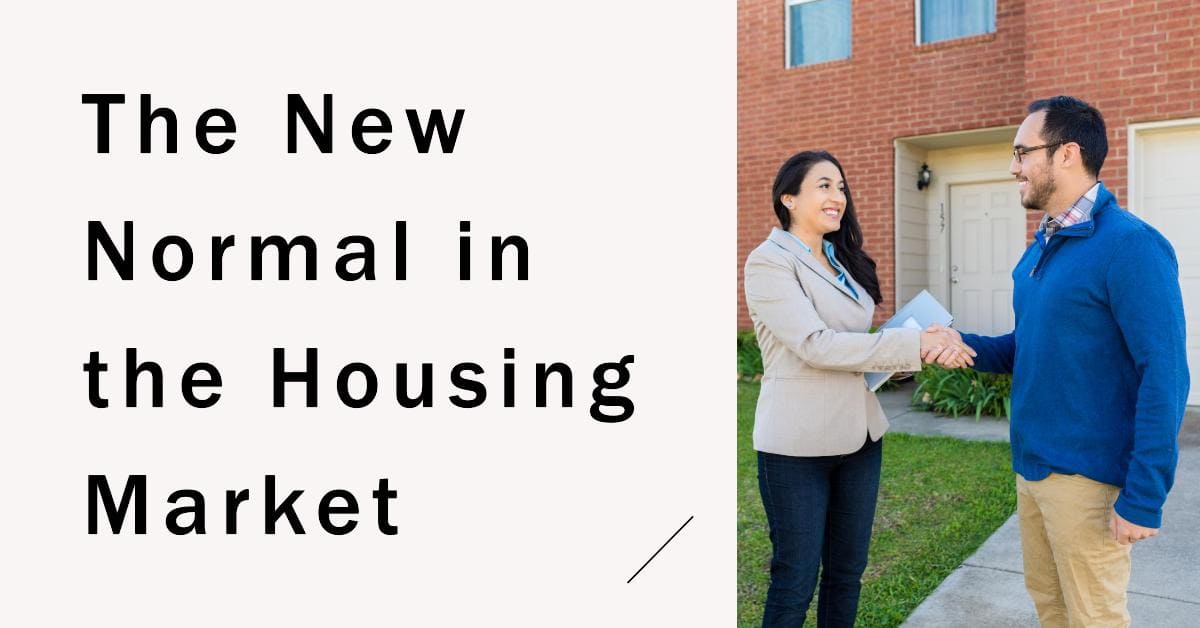For years, homeownership has been a cornerstone of the American dream. But recently, that dream has gotten a lot pricier. The housing market has seen a surge in prices, leading many to wonder: are these sky-high costs a temporary blip, or a sign of a “new normal” for housing prices? We'll discuss the multifaceted factors contributing to the current state of housing prices, exploring the interplay of supply and demand, economic trends, and demographic shifts that have redefined the market.
The Pandemic's Impact on Housing Prices
Traditionally, housing prices have risen steadily, averaging around 5% annually. However, the pandemic disrupted this historical trend. A confluence of factors, including low-interest rates, remote work opportunities, and a desire for more space, fueled a buying frenzy. With a limited supply of houses on the market, bidding wars became commonplace, pushing prices ever higher.
The onset of the pandemic brought about unprecedented changes in the housing market. With lockdowns and a shift towards remote work, the demand for larger homes with office space surged. This demand, coupled with historically low mortgage rates, fueled a rapid increase in housing prices. As the world emerges from the pandemic, the question on everyone's mind is: are these inflated prices here to stay?
While there's been a slight dip from the peak frenzy, housing prices remain stubbornly high. Experts point to a few key forces from credible sources that suggest this might be the new normal:
- Demographics: The millennial generation, the largest in US history according to Pew Research Center, is entering prime home-buying years. This surge in demand is likely to continue for some time. Unlike previous generations, millennials may also face student loan debt and a different economic landscape, impacting their buying power.
- Supply Shortage: The housing market simply hasn't kept pace with population growth. Building costs and regulations have hampered new construction, creating a persistent shortage according to the National Association of Home Builders (NAHB). Labor shortages and rising material costs further complicate the issue.
- Interest Rates: While they're rising, mortgage rates are still historically low according to Freddie Mac. This keeps affordability somewhat manageable, but rising rates could dampen buyer enthusiasm in the future. The Federal Reserve's monetary policy decisions will significantly impact mortgage rates and overall market activity.
Understanding Supply and Demand Dynamics
At the heart of the housing market are the fundamental forces of supply and demand. The pandemic has accentuated a pre-existing shortage of housing in the United States, with a deficit of 7.2 million homes needed to keep pace with demographic demand. This shortage is not a recent development but the culmination of years of underproduction relative to population growth.
On the demand side, the largest demographic cohort in the United States is approaching the average first-time homebuying age of 35, signaling a potential surge in demand. This demographic pressure is expected to sustain, if not increase, the demand for housing in the coming years.
The economic fallout from the pandemic has been uneven, affecting individuals' ability to afford homes differently. While some have amassed savings due to reduced spending during lockdowns, others have faced job losses and financial instability. These contrasting financial realities play a significant role in shaping the demand for housing.
Historically, U.S. home prices have seen an average annual increase of around 5%. However, the pandemic has disrupted this trend, leading to a significant spike in prices. Despite a slight decrease from peak pandemic prices, the market remains robust due to the enduring supply-demand imbalance.
The New Normal in Housing Market: A Permanent Shift?
Analysts suggest that we have entered a new era for housing prices, pulling forward a decade's worth of growth into a few short years during the 2020s. Cities across the U.S. have witnessed their housing prices double in less than ten years, with some areas seeing prices double in as little as five years. This rapid appreciation raises the question: is a return to pre-pandemic pricing a mere wishful thinking?
Not only have housing prices increased, but so have the replacement costs and wages in the construction industry. These factors contribute to the higher baseline for housing prices, making a complete retracement to pre-pandemic levels unlikely.
Millennials, who are in their prime homebuying years, represent a significant force in the housing market. Their entry into the market coincides with the current high prices, shaping the demand landscape for years to come.
Embracing the New Reality
The housing market is a complex ecosystem influenced by a myriad of factors. The current high prices may not be a temporary anomaly but rather a reflection of the new normal. While future fluctuations are inevitable, the market's trajectory suggests that higher housing prices are here to stay. Homebuyers and investors alike must adapt to this new reality, recalibrating expectations and strategies to navigate the evolving landscape of the housing market.
The new normal in housing prices is a multifaceted issue that requires a nuanced understanding of the market's underlying dynamics. As we look to the future, it is clear that the housing market will continue to be a critical barometer of economic health and a central pillar of the American dream.
Recommended Read:




